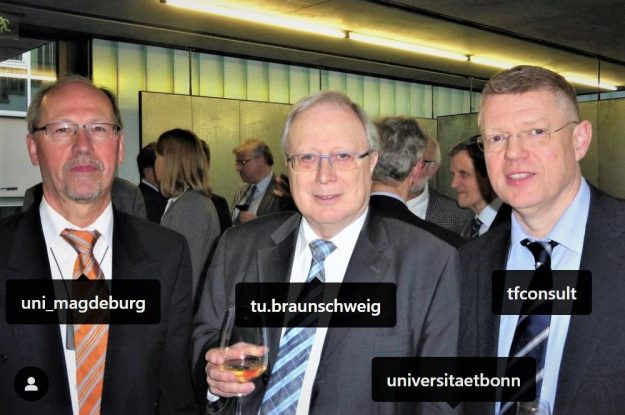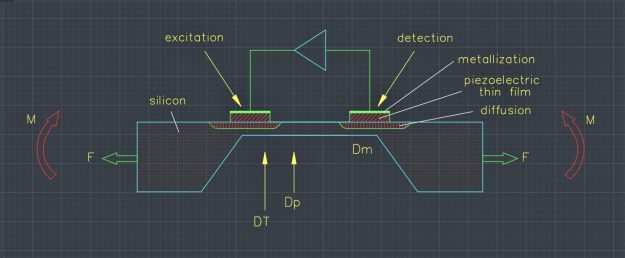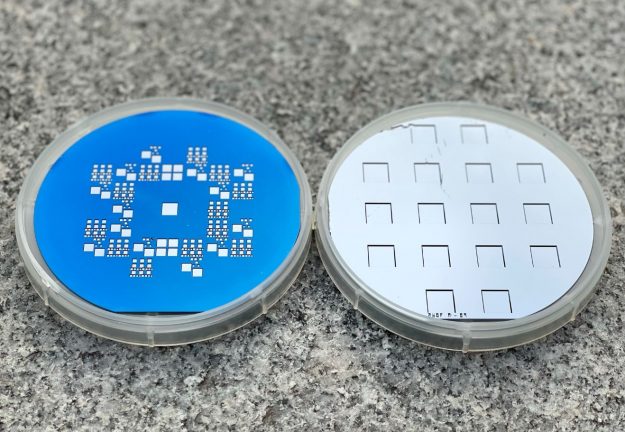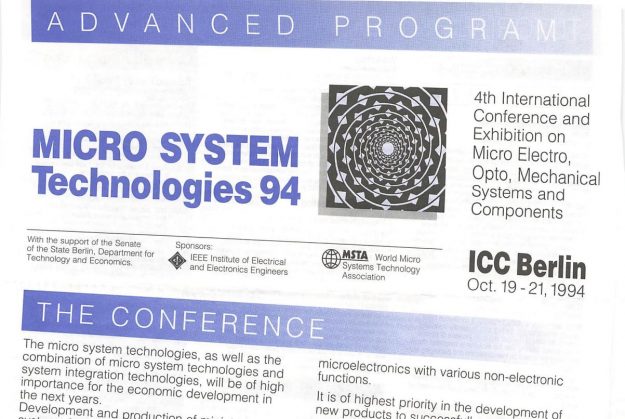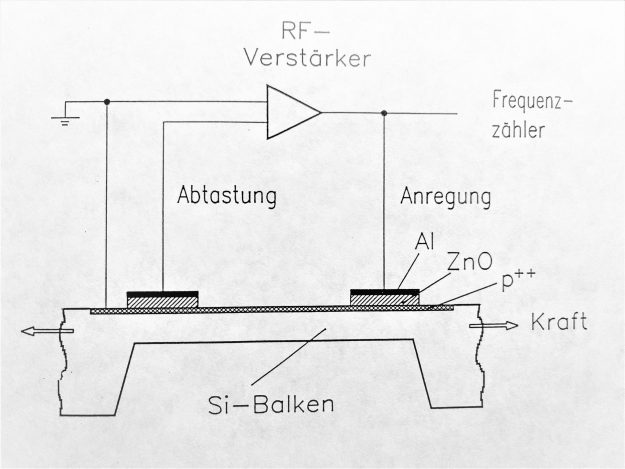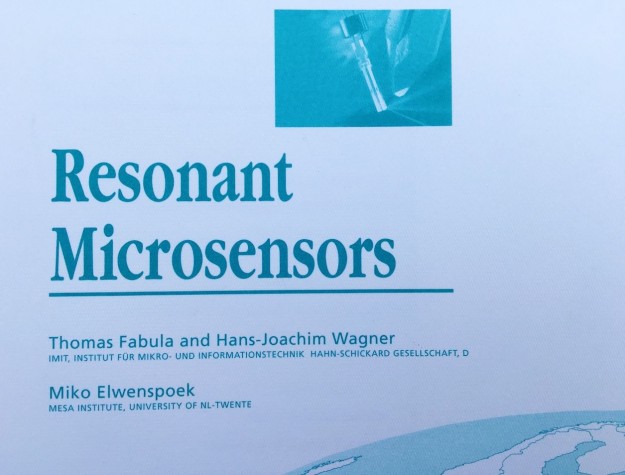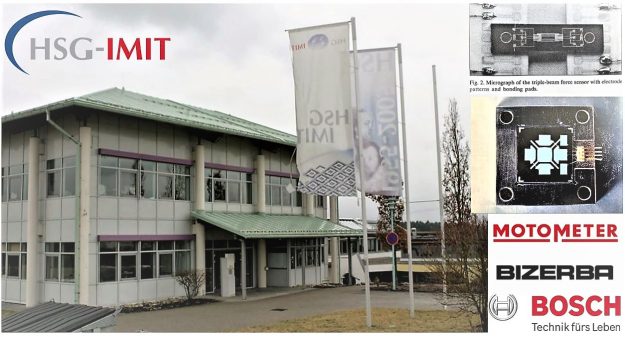FE-Modellierung resonanter Sensoren
Finite-Elemente-Modellierung frequenz-analoger Sensoren HSG-IMIT Institut für Mikro- und Informationstechnik der Hahn-Schickard-Gesellschaft für Angewandte Forschung e.V., Villingen-Schwenningen 2.1 Einleitung 2.1.1 Funktionsprinzip resonanter Sensoren Das Prinzip eines resonanten Sensors beruht auf der Abhängigkeit der Eigenfrequenz des Resonators von einer äußeren physikalischen Größe (z.B. Druck, Kraft, Temperatur), indem der Spannungszustand beeinflußt oder die Trägheit des Resonators…


